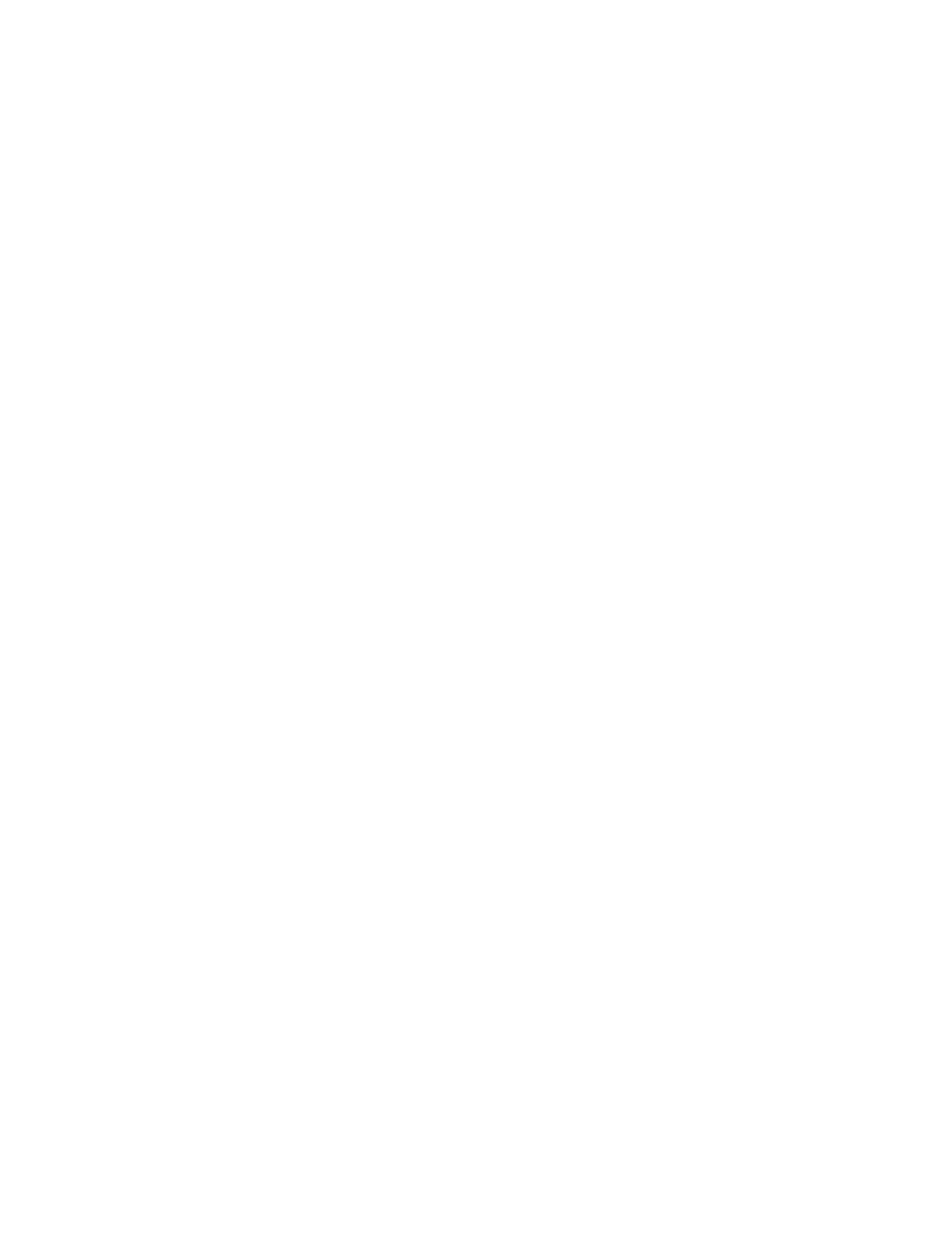Measurement Computing Serial488A User Manual
Page 55

4.6
DIO4
IEEE Input Buffer Full
When this bit is set, it indicates that the Serial488A may hold off
the controller on subsequent data transfers. The interface may
continue to accept an additional 512 characters but this is
dependent on the serial input buffer size.
DIO3
Received Last Serial Terminator
This bit is set [1] when the Serial488A detects the last serial
terminator at its serial input. It remains set as long as there is at
least one serial terminator in the serial input buffer. If the
Peripheral SRQ feature is enabled, the Serial488A will issue a
request for service by asserting the SRQ line and also set the rsv
bit [DIO7]. The rsv bit is cleared, along with the SRQ line, when
serial polled by the controller. If there are additional serial
terminators in the serial input buffer, Serial488A will reassert the
SRQ line and rsv bit when the last IEEE 488 bus terminator is sent
to the IEEE 488 controller.
DIO2
Serial Handshake
This bit indicates the present state of the serial handshake. If it is
set to "1", the serial device connected to the Serial488A is capable
of accepting serial data. If "0", the RTS line is unasserted, if
configured for hardware handshake, or the "Xoff" character has
been received, if configured for Xon/Xoff software handshake.
DIO1
Not Used - Always "0"
4.5 Use of Serial and Bus Terminators
The Serial488A can be configured to provide RS-232 to IEEE 488 and IEEE
488 to RS-232 terminator substitution. This is useful when interfacing a serial device,
which only issues carriage return [CR] as an output terminator, to an IEEE controller,
which expects a carriage return followed by a line feed [CR-LF].